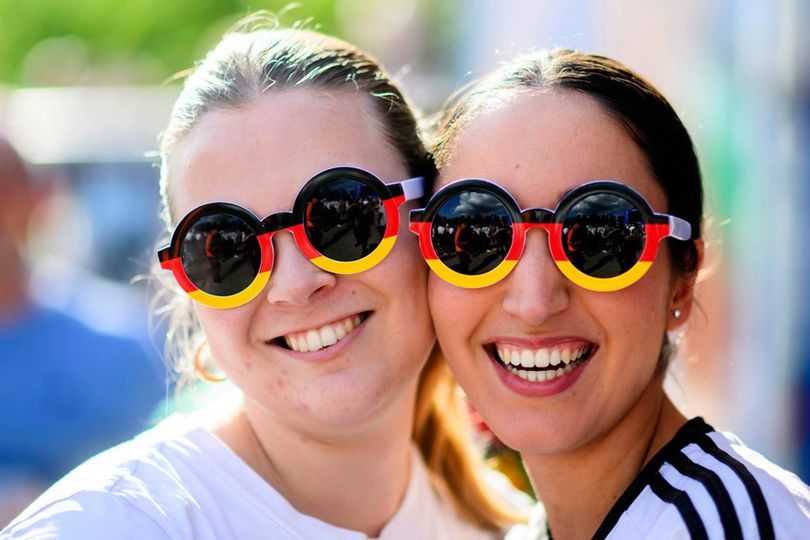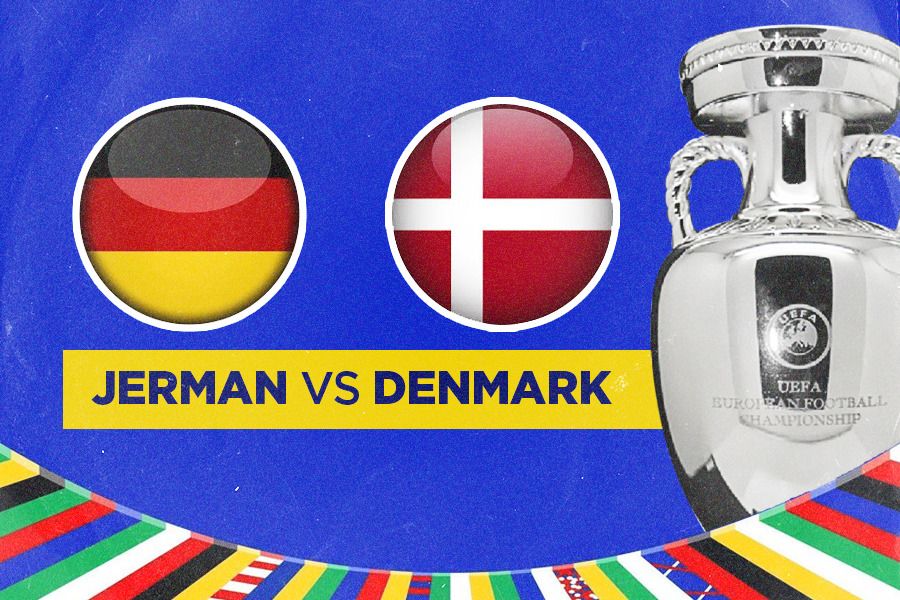Historical Context

Germany vs denmark – The relationship between Germany and Denmark has been shaped by centuries of proximity, shared borders, and political and cultural interactions. The two countries have a long and complex history, marked by both periods of cooperation and conflict.
One of the earliest significant events in the relationship between Germany and Denmark was the Viking raids on German territories in the 8th and 9th centuries. These raids led to the establishment of Viking settlements in parts of Germany, including the city of Hamburg. Over time, the Vikings gradually integrated into German society, and their influence can still be seen in the language and culture of northern Germany.
The Holy Roman Empire
In the 10th century, the Holy Roman Empire was established, which included both German and Danish territories. The empire was a loose confederation of states, and the relationship between Germany and Denmark within the empire was often strained.
One of the major sources of tension between Germany and Denmark was the control of the Duchy of Schleswig. Schleswig was a strategically important territory that controlled access to the Baltic Sea. Both Germany and Denmark claimed the duchy, and it was a frequent source of conflict between the two countries.
Economic Comparison

Germany and Denmark are two of the most prosperous countries in Europe, with strong and diversified economies. However, there are some key differences in their economic structures.
One of the most striking differences is the size of their economies. Germany is the largest economy in Europe, with a GDP of over $4 trillion, while Denmark’s GDP is around $350 billion.
GDP and GDP per Capita, Germany vs denmark
| Country | GDP (USD) | GDP per Capita (USD) |
|---|---|---|
| Germany | $4.22 trillion | $51,650 |
| Denmark | $373.3 billion | $63,295 |
Another difference is the unemployment rate. Germany’s unemployment rate is currently around 5%, while Denmark’s is around 4%. This is likely due to the fact that Germany has a larger and more diversified economy, which makes it more resilient to economic shocks.
Unemployment Rates
| Country | Unemployment Rate |
|---|---|
| Germany | 5.0% |
| Denmark | 4.0% |
Finally, the two countries have different major industries. Germany’s economy is dominated by manufacturing, while Denmark’s economy is more diversified, with a strong focus on services.
Major Industries
| Country | Major Industries |
|---|---|
| Germany | Manufacturing, automotive, chemicals, machinery |
| Denmark | Services, pharmaceuticals, food processing, wind energy |
Despite these differences, Germany and Denmark are both prosperous countries with strong economies. Their economic similarities include a high standard of living, a skilled workforce, and a commitment to free trade.
Cultural Exchange: Germany Vs Denmark
Germany and Denmark, despite their geographical proximity, have fostered a rich cultural exchange that has left a lasting impact on both nations. Throughout history, these two countries have influenced each other in areas such as literature, music, art, and cuisine, shaping their cultural identities and fostering a deep sense of mutual respect.
Literature
The literary traditions of Germany and Denmark have been closely intertwined for centuries. Danish authors like Hans Christian Andersen and Søren Kierkegaard have been widely read and translated in Germany, while German writers such as Johann Wolfgang von Goethe and Friedrich Schiller have had a profound influence on Danish literature. The exchange of ideas and styles has enriched the literary landscapes of both countries.
Music
The musical traditions of Germany and Denmark share many similarities, with both countries having a strong classical music heritage. German composers like Ludwig van Beethoven and Richard Wagner have been influential in Denmark, while Danish composers such as Carl Nielsen and Rued Langgaard have gained recognition in Germany. In recent decades, there has been a growing exchange of contemporary music between the two countries.
Art
The artistic traditions of Germany and Denmark have also influenced each other. German artists like Albrecht Dürer and Caspar David Friedrich have inspired Danish painters, while Danish artists like Asger Jorn and Per Kirkeby have exhibited their works in Germany. The exchange of artistic ideas and techniques has contributed to the development of distinctive artistic styles in both countries.
Cuisine
The cuisines of Germany and Denmark have many similarities, with both countries sharing a love for hearty, comforting dishes. German dishes like sauerkraut and bratwurst have become popular in Denmark, while Danish dishes like smørrebrød and æbleskiver have found their way into German kitchens. The exchange of culinary traditions has enriched the food cultures of both countries.
